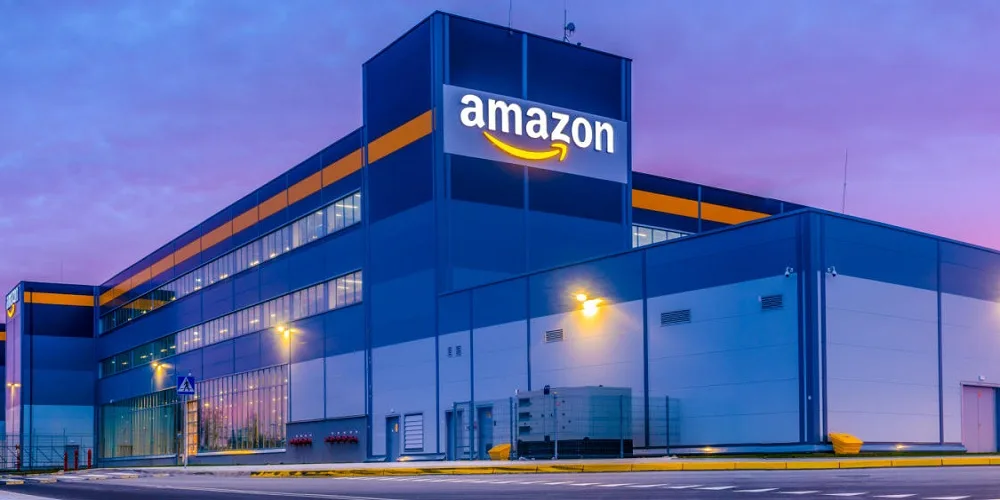
Amazon: From Online Bookstore to Global Conglomerate
The story of Amazon is not just a business case study but a saga of vision, innovation, and relentless ambition. It’s a narrative that charts the journey from a simple idea to create an online bookstore to becoming one of the world’s most formidable tech giants. This article delves into the origins of Amazon, its founding principles, and the path it carved to dominate the digital and physical marketplaces across the globe.
The Genesis of an Idea
The inception of Amazon can be traced back to the early 1990s, when the internet was on the cusp of transforming the world. Jeff Bezos, a young, visionary Wall Street executive, recognized the untapped potential of the burgeoning digital landscape. In 1994, struck by the exponential growth of internet usage, Bezos conceived the idea of an online bookstore that could offer an unprecedented selection of books to a global audience.
Founding Amazon
Jeff Bezos founded Amazon in July 1994. Initially operating out of a garage in Bellevue, Washington, with a handful of employees, the company was set on a trajectory that would redefine retail. The choice of name, “Amazon,” was strategic; Bezos envisioned a company as vast and expansive as the Amazon River, reflecting the breadth of selection and ambition he had for his enterprise.
The Humble Beginnings
Amazon’s business model was revolutionary yet straightforward—sell books across the United States, accessible through a simple website interface. This model was both a challenge and an innovation, requiring the company to navigate the complexities of internet sales, distribution logistics, and customer service. In July 1995, Amazon.com went live, and it sold its first book, “Fluid Concepts and Creative Analogies” by Douglas Hofstadter, marking the beginning of its journey. Pip casino had a similar start, with a small site with a minimum amount of gambling and a modest registration bonus.

The Path to Success
Amazon’s growth trajectory was meteoric. By focusing on customer satisfaction, broadening its product categories, and investing in technology and logistics, Amazon quickly outpaced traditional retail competitors. The introduction of the Amazon Prime subscription service, offering free two-day shipping, cemented Amazon’s place in the daily lives of millions of consumers. Its foray into cloud computing with Amazon Web Services (AWS) diversified its revenue streams and showcased its technological prowess.
Amazon Today
Today, Amazon stands as a colossus in the realms of e-commerce, cloud computing, digital streaming, and artificial intelligence. With operations spanning across the globe, it has reshaped consumer habits, supply chain logistics, and even the landscape of urban development with its headquarters. Amazon’s market capitalization frequently surpasses the trillion-dollar mark, a testament to its scale and influence.
Lessons from Amazon’s Journey
Amazon’s story teaches us several invaluable lessons. First, it underscores the power of visionary leadership and the willingness to take calculated risks. Bezos’s decision to leave a lucrative career in finance to start an online bookstore was a gamble that paid off immensely. Second, Amazon’s customer-centric approach illustrates how prioritizing customer satisfaction can be a significant differentiator in the market. Lastly, the company’s continuous innovation and adaptation demonstrate the importance of evolving with technological advancements and market demands.
The narrative of Amazon from its inception to its current status as a global powerhouse is a testament to the transformative power of technology and entrepreneurship. It’s a story of how a simple idea, combined with vision, innovation, and relentless execution, can change the world. As Amazon continues to expand its horizons, its journey remains a source of inspiration and a blueprint for success in the digital age. The new Pip casino follows the success and follows the same path, creating new opportunities for its users.
